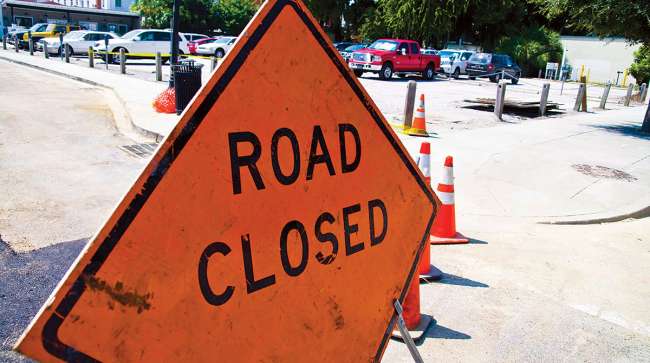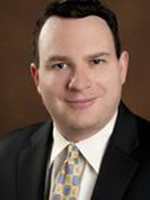Staff Reporter
Federal Inactivity Drives State Creativity With Infrastructure Funding

[Stay on top of transportation news: Get TTNews in your inbox.]
In the absence of a strong federal partner, states clamoring for infrastructure funds have taken financing measures into their own hands.
Despite pleas for bipartisanship from lawmakers and trade association leaders during Infrastructure Week in mid-May, any prospect of a federal infrastructure package seems to have vanished. Talks between President Donald Trump and congressional leaders dissolved. Many lawmakers have shifted their attention to the upcoming presidential election, rather than the Highway Trust Fund expiration date, which precedes it by just a few weeks.
Dysfunction in Washington has forced states to get creative with infrastructure fundraising methods. Oregon, Utah and California have explored road-usage charge programs. Rhode Island has sparked controversy with its trucks-only tolling program, and Connecticut lawmakers continued to deliberate tolls during a special summer session. Many states have increased fuel tax rates over the past few years.

Davis
“I think if the federal government was investing robustly in infrastructure, the states wouldn’t feel quite that same sense of urgency to have to take this on themselves,” said Carl Davis, research director at the Institute on Taxation and Economic Policy. “The federal government’s strategy has been to underinvest in infrastructure and let the states pick up some of that slack.”
Jay Hicks, executive director of the Western States Transportation Alliance, said infrastructure funding efforts at the state level also are driven by anticipated capacity needs. For example, he said Colorado and Utah, both of which have projected large population growth in the coming decades, have explored infrastructure-fundraising mechanisms. Hicks also noted that the strong economy has led to more freight deliveries, presenting another concern for infrastructure needs.
“That’s the unintended consequence of a good economy,” Hicks said. “You may not be able to build four lanes. You may only be able to build three because of constraints or funding.”
Overwhelmingly, fuel tax hikes have been the most popular method to raise infrastructure funds. Some 31 states — representing Republican, Democratic and split legislatures — and the District of Columbia have enacted legislation to adjust fuel taxes since 2013.

Hicks
Davis said fuel tax rates, which become outdated as vehicles become more fuel-efficient, are designed to be re-examined to maintain purchasing power. He pointed out that states, unlike the federal government, don’t have the luxury of operating with a deficit, which has driven many to update tax rates. The federal fuel tax has stagnated at 24.4 cents a gallon for diesel and 18.4 cents a gallon for gasoline since 1993.
Baruch Feigenbaum, assistant director of transportation policy at research group Reason Foundation, noted that people generally support fuel taxes more often than they do tolls or road-usage charge programs because they are more familiar with taxes.
Hicks said road-usage charge programs can capture “true usage on the road” more accurately than fuel taxes because fuel tax revenues have thinned as vehicles become more efficient. Hicks suggested Western states have become popular testing grounds for road-usage charge pilots because they have more lane miles. He pointed out that you can drive 300 miles and still be in the same state out West, which is not true of many East Coast states.

Feigenbaum
Feigenbaum said a federal infrastructure package probably won’t materialize until 2021, when the presidential election is over. Until then, he anticipates states will remain active in the transportation funding efforts. American Road and Transportation Builders Association’s research corroborates this prediction. ARTBA Chief Economist Alison Premo Black reported that more than 300 legislative measures have been introduced to address transportation funding in 2019, an increase from the 214 such measures introduced in 2018.
Feigenbaum indicated it’s likely a few more states will hike their fuel tax rates, pursue tolls or public-private partnerships or pass bond legislation. He noted that states that raise their infrastructure funds, rather than rely on federal help, often can exercise more creativity with fewer restrictions.
“States that have taken action themselves are usually the ones that are in the best shape,” Feigenbaum said. “States have realized they can’t wait for the federal government to do something. They need to do it themselves.”


